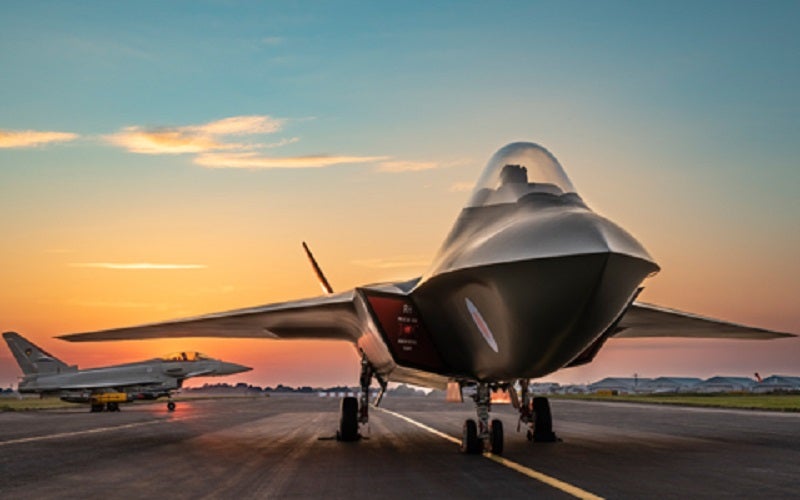
Rolls-Royce is developing world-first electrical technology that will contribute to the UK’s Tempest next-generation fighter aircraft programme.
The UK, Sweden and Italy are together developing the Tempest future combat jet, which is expected to enter operational service in 2035. It will offer sixth-generation combat capabilities to the airforces of the three countries.
Team Tempest is a group of industry partners, including BAE Systems, Leonardo, Rolls-Royce and MBDA, working with the UK Ministry of Defence on the project.
Prior to the Tempest programme launch, Rolls-Royce had already started to address the demands of the future.
In 2014, the company designed an electrical starter-generator that was fully embedded in the core of a gas turbine engine, which is currently called the Embedded Electrical Starter Generator (E2SG) demonstrator programme.
Rolls-Royce future programmes chief engineer Conrad Banks said: “The electrical embedded starter-generator will save space and provide the large amount of electrical power required by future fighters.
How well do you really know your competitors?
Access the most comprehensive Company Profiles on the market, powered by GlobalData. Save hours of research. Gain competitive edge.

Thank you!
Your download email will arrive shortly
Not ready to buy yet? Download a free sample
We are confident about the unique quality of our Company Profiles. However, we want you to make the most beneficial decision for your business, so we offer a free sample that you can download by submitting the below form
By GlobalData“Existing aircraft engines generate power through a gearbox underneath the engine, which drives a generator. In addition to adding moving parts and complexity, the space required outside the engine for the gearbox and generator makes the airframe larger, which is undesirable in a stealthy platform.”
The company has adopted phase two of the E2SG programme for the Tempest programme.
As part of the phase one launch of this programme, an integrated electrical test house was developed where gas turbine engines can be physically connected to a DC electrical network.
The second phase of the project was launched in 2017 and involved the inclusion of a second electrical generator connected to the other spool of the engine, and an energy storage system in the electrical network.
Rolls-Royce is investigating the feasibility of using dual spool generation as part of the E2SG programme.
The company will continue to mature the electrical technologies demonstrated by the programme throughout the Tempest programme.
The third phase of testing is expected to include a novel thermal management system being integrated with the overall system.







